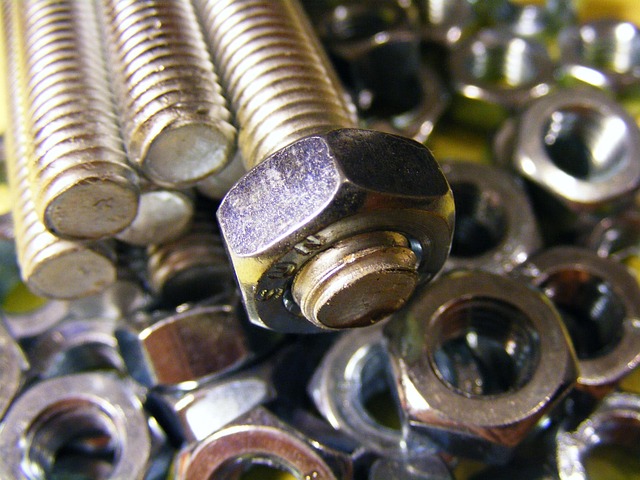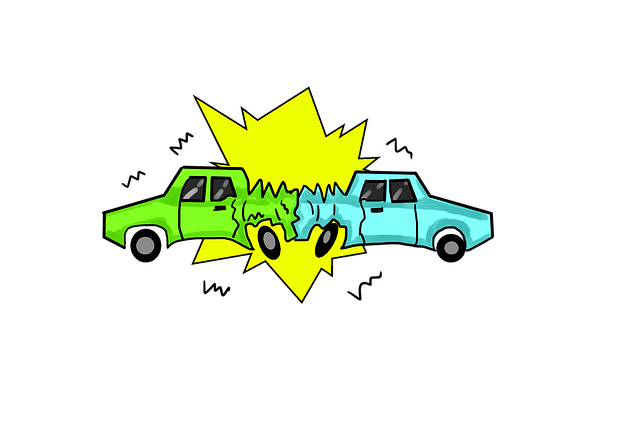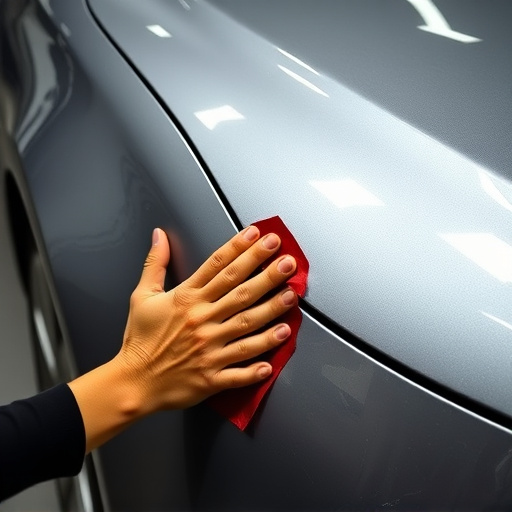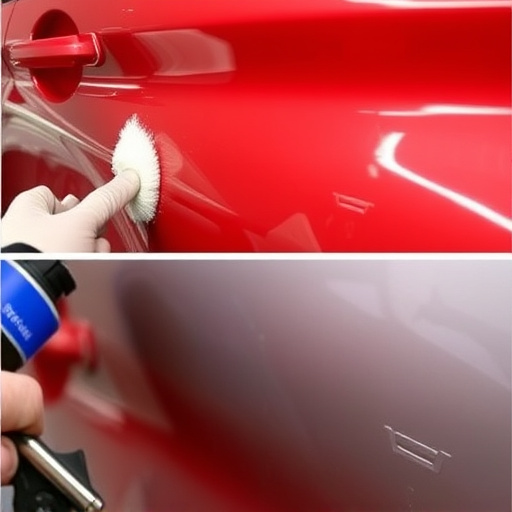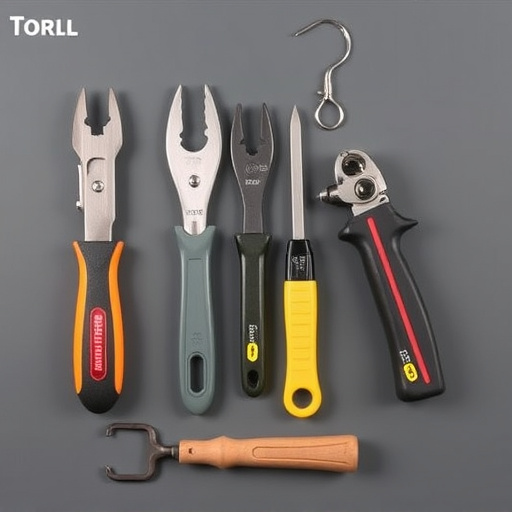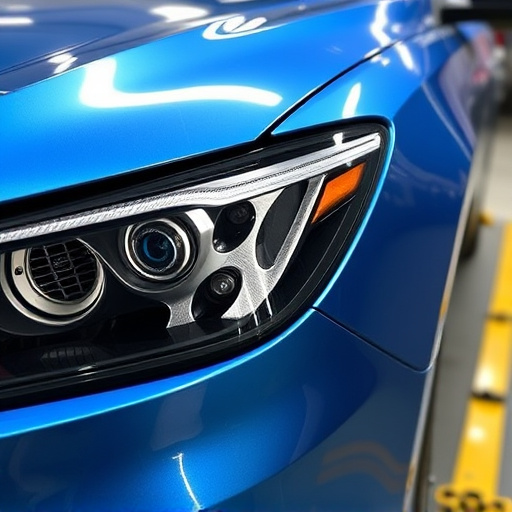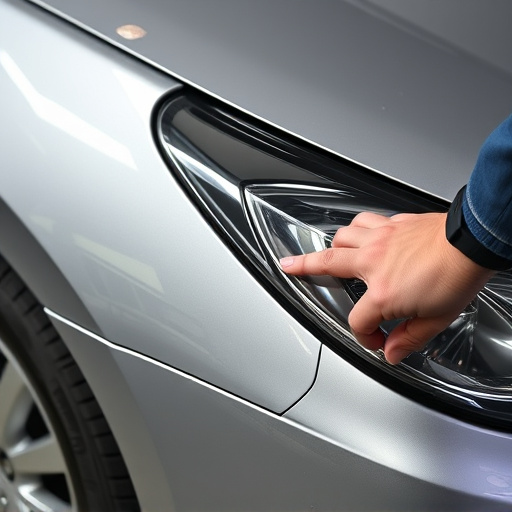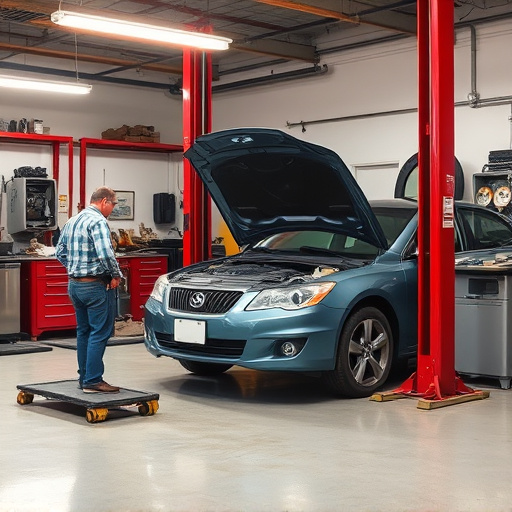Hail damage poses significant risks to fleet vehicles and dealerships, highlighting the importance of efficient hail damage dent repair management. Regular inspections, early detection, and prompt action are crucial for maintaining vehicle aesthetics, structural integrity, customer satisfaction, and safety standards. Modern techniques, specialized tools, and trained technicians streamline processes, preserving intricate designs for both modern and classic vehicles. Effective dent repair services minimize downtime, reduce costs, and optimize resource allocation in regions prone to hailstorms, fostering responsive and cost-effective maintenance regimens.
Hail damage dent repair is a significant concern for fleet managers and dealerships, especially in regions prone to severe weather events. Understanding the unique challenges posed by hail on vehicles is crucial for efficient fleet management. This article explores effective dent repair techniques tailored for dealerships, along with streamlining process tips to optimize fleet operations. By adopting best practices in hail damage dent repair, businesses can minimize downtime and reduce costs, ensuring their fleets remain in top condition.
- Understanding Hail Damage to Fleet Vehicles
- Effective Dent Repair Techniques for Dealerships
- Streamlining Process: Tips for Efficient Fleet Management
Understanding Hail Damage to Fleet Vehicles
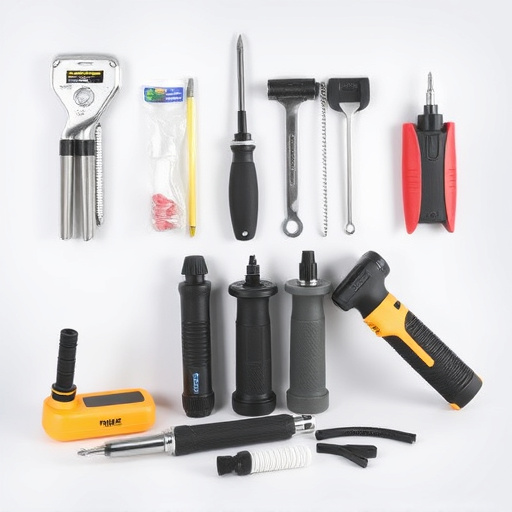
Hail damage can be particularly devastating for fleet vehicles and dealerships due to their high exposure to unpredictable weather events. Understanding the extent of hail damage dent repair is crucial for efficient fleet management. Hail stones, varying in size from tiny pebble-like fragments to large ice balls, can cause significant dents, cracks, and even penetration into vehicle bodies. These impacts not only compromise the aesthetics but also affect the structural integrity of the vehicles, especially if left unattended.
Regular inspections are essential for identifying hail damage early on. Dealerships and fleet managers should implement rigorous checking protocols to assess each vehicle’s condition after potential hailstorms. Prompt attention to car scratch repair or more severe dents through professional autobody repairs ensures that vehicles remain in top condition, enhancing customer satisfaction and safety standards. Effective management of hail damage dent repair can also contribute to cost savings by preventing further deterioration of the fleet assets.
Effective Dent Repair Techniques for Dealerships
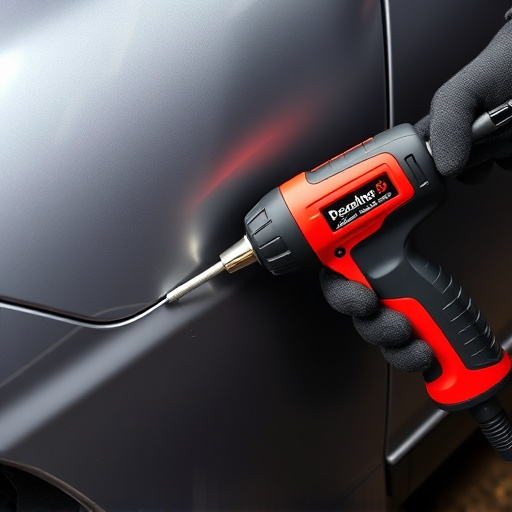
In the realm of vehicle maintenance, especially for dealerships and fleet operators, efficient dent repair is a game-changer. When it comes to addressing hail damage, modern techniques offer both speed and precision. One such method gaining traction is the use of specialized tools and trained technicians for mercedes benz collision repair, ensuring minimal disruption to the vehicle’s original finish. This approach not only saves time but also maintains the integrity of even the most intricate designs.
For businesses managing fleets or showcasing classic cars, effective dent repair services are essential. Fleet repair shops can implement streamlined processes, treating each vehicle as a valuable asset. Similarly, for classic car restoration projects, meticulous attention to detail is paramount. By employing advanced dent repair techniques, dealerships and restorers can deliver top-notch results, ensuring customer satisfaction and preserving the beauty of vehicles, whether modern or vintage.
Streamlining Process: Tips for Efficient Fleet Management
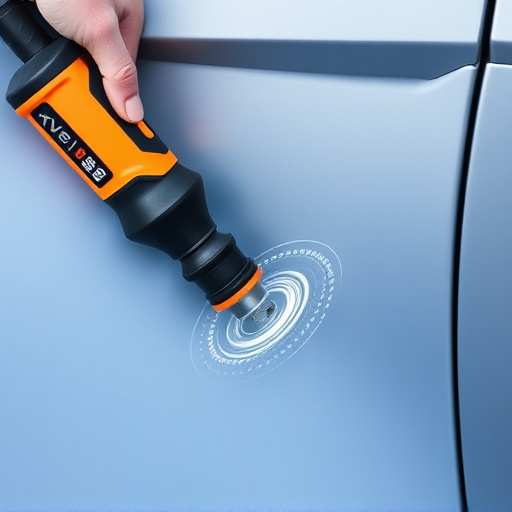
In the face of frequent hailstorms, efficient fleet management for dealerships and fleets becomes paramount to minimize downtime and maintenance costs associated with hail damage dent repair. A streamlined process is key to ensuring quick and effective car collision repair while maximizing operational efficiency. One strategic approach involves establishing dedicated teams or stations within the auto repair shop specifically tailored for handling hail damage cases. This specialized setup enables technicians to quickly assess, prioritize, and address each vehicle’s needs, reducing wait times.
Additionally, implementing digital systems for scheduling and tracking repairs can significantly enhance fleet management. These tools allow for real-time monitoring of each car collision repair, enabling managers to identify bottlenecks and allocate resources accordingly. By integrating these practices, dealerships and fleets can efficiently navigate the challenges posed by hail damage dent repair, ultimately fostering a more responsive and cost-effective maintenance regimen.
Hail damage dent repair is a critical aspect of fleet and dealership maintenance, especially in regions prone to severe weather events. By understanding the unique challenges posed by hail and implementing efficient dent repair techniques, dealerships can streamline their operations, reduce costs, and ensure customer satisfaction. Adopting best practices for hail damage dent repair not only conserves resources but also enhances the overall resilience of fleet vehicles, making them more resilient to future storms.
